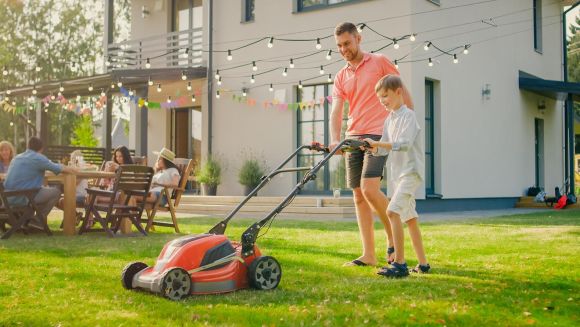By Lisa LaMere, Professional in Residence
Although new business recruitment is a priority of many economic development strategies, business retention and expansion should be an integral economic development policy to ascertain the health of existing businesses in a community.
The Bureau of Labor Statistics reports that businesses which are already located in a community account for most of all net change in local employment. In fact, for the 2019 calendar year, 73% of existing establishments were net job generators. Therefore, a community’s approach to economic development must include a strong business retention and expansion (BRE) program.
The Importance of Business Retention and Expansion Initiatives
Over time, BRE programs build stronger ties with businesses and goodwill among public and private entities in the community. Successful BRE programs can encourage businesses to continue to invest and grow in that community. These programs also can inspire local businesses to promote the community to their business colleagues, vendors, and other associates as an ideal location in which to operate.
Because a community’s existing businesses are major contributors to the local tax base, it is crucial that a BRE program apply all local economic development programs and assistance to help existing establishments remain profitable, competitive, and efficient.
Most importantly, developing and nurturing the relationships forged during a BRE program may act as an early-warning system for companies considering retrenching, closing, or relocating. Additionally, a strong BRE program can help prevent the poaching of your city’s businesses by other communities.
The 10 Elements of a Successful BRE Program
A comprehensive BRE program should provide economic development staff the means to connect with the long-standing businesses in their community. Consider the following best practices for creating or improving a BRE program for both retail and industrial companies. Of course, during these unprecedented times of COVID-19, a BRE program may have to pivot to virtual options, such as Zoom meetings, until the pandemic recovery becomes a certainty.
- Begin with the framework of your program. Will Economic Development staff operate alone? If partners are desired to fully leverage available resources and relationships, the goals of many BRE programs align well with County Workforce Development departments or Small Business Development Centers.
- Establish the program lead and responsibilities. Who prioritizes the target businesses? Look at major employers whose loss to the community would be greatest. Consider who takes on the program’s administrative roles, including database management and marketing of the program.
- Detail a process to speak with your businesses. Keep in mind that phone interviews are less personal, but necessary during the pandemic. One of the most important facets of a BRE program is the business visit where an in-person conversation can take place. Cold-calling or appointment-based visits both have advantages.
- Decide on the program frequency. Conducting weekly visits rather than monthly work best if you have the bandwidth.
- Determine whether to administer the questionnaire electronically, by mail, or in person. Keep surveys short, perhaps 20 questions, with quantifiable responses for data collection. Limit open-ended questions.
- Conducting the survey armed with a clipboard and paperwork can make small business owners reluctant to answer. In that case, conduct the survey conversationally, completing the survey form from memory immediately after leaving the place of business.
- Develop your program’s objectives and metrics. Ensure they are actionable and achievable. Set benchmarks. Perhaps you will survey 250 businesses a year, retaining three retailers and one manufacturing plant. Or maybe identify a certain number of companies that qualify for specific business incentives and assistance programs.
- Use CRM software or design a custom database from your survey instrument to document your outreach and tally the ongoing program results.
- BRE follow-up is critical for program success. Tabulate and analyze the survey data. Address concerns and any red flag issues and follow through on any requests for information to influence the retention of business.
- Compile testimonials and successes for program publicity. Finally, report outcomes to Council, BRE partners, and residents.
A BRE Program is an Ongoing Strategy
While the goal of any BRE program is to develop and foster long-term positive and productive relationships, it is worth noting there is no one-size-fits-all procedure of conducting a BRE program. Each community should be guided, in part, by the human and fiscal resources available to them.
A BRE program is an ongoing, relationship-building strategy, not a one-time event, a marketing strategy, or simply a visit from the mayor. It should never be a solicitation for chamber membership, sponsorships, or sales of any kind. A retention and expansion program should focus solely on a community’s businesses and the efforts needed to ensure they remain and grow in your community.


